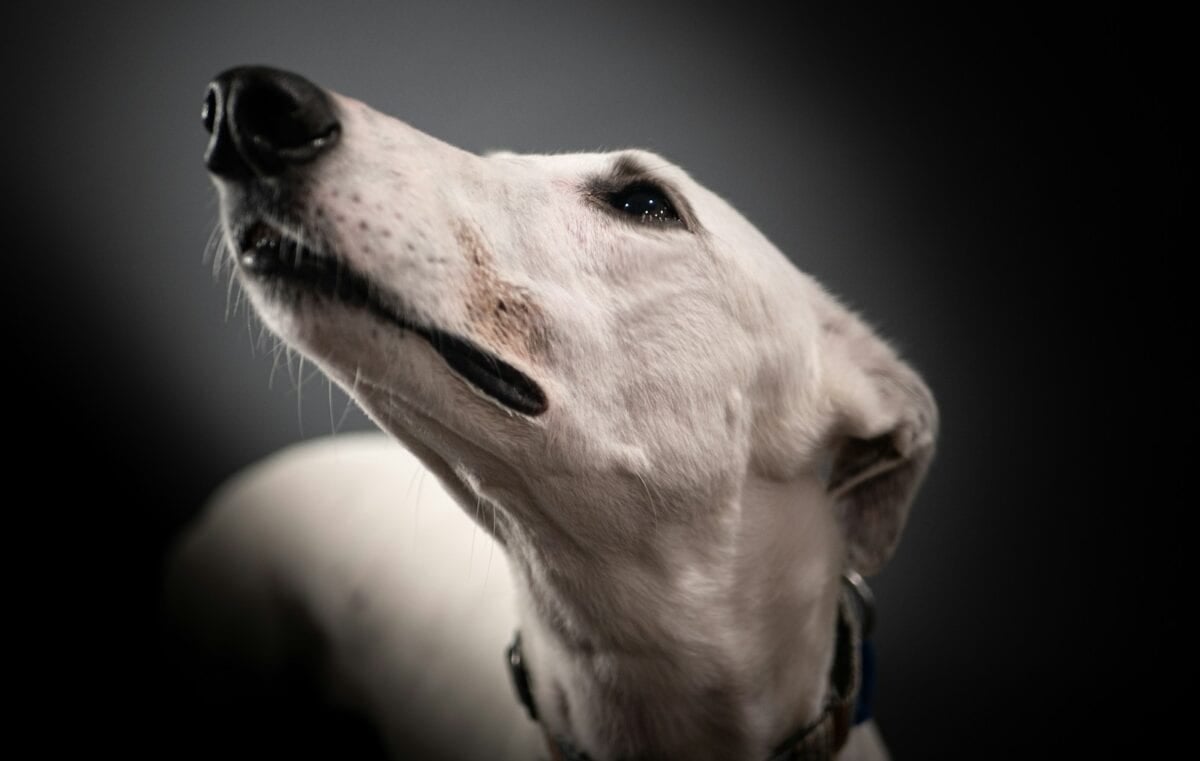The elegance and speed of the Greyhound have long captured human fascination. From art and mythology to today’s racetracks and snug family homes, these dogs stand out for one breathtaking reason: their speed. But how exactly did Greyhounds become the fastest dog breed? This article explores the blend of evolution, anatomy, and human intervention that has crafted this extraordinary breed.
Origins and Evolutionary Background

The story of the Greyhound begins thousands of years ago, tracing back to ancient civilizations such as Egypt, Greece, and Rome. These dogs, prized by nobles and royalty, have been depicted in art and literature as symbols of grace and speed. Their primary role was hunting, and their need for speed emerged from the requirement to chase down fast-moving game. Over countless generations, this demand shaped their evolution.
The Role of Selective Breeding
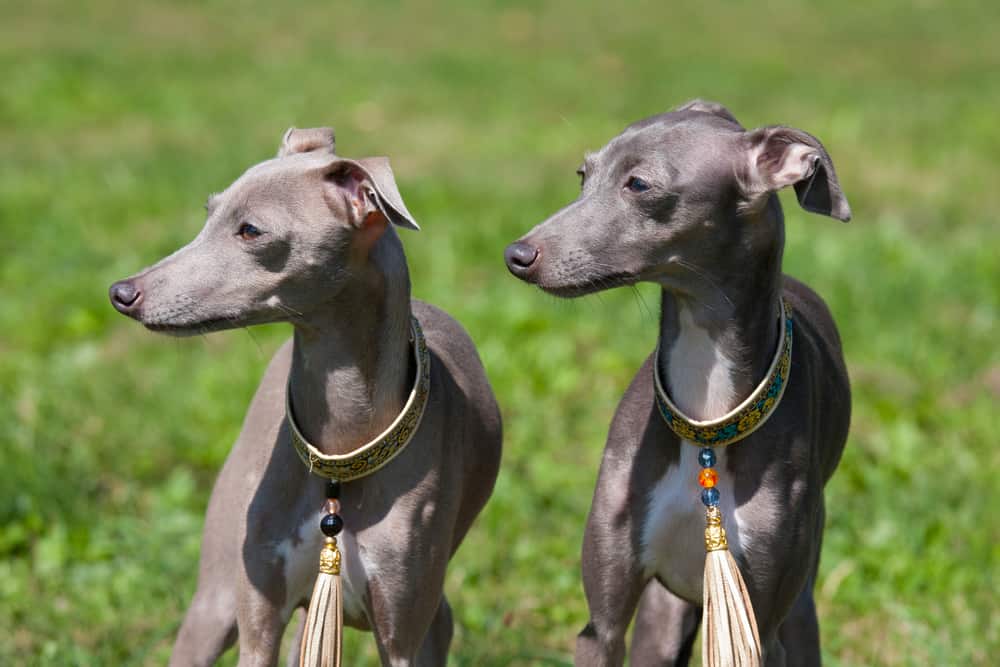
Selective breeding has played a significant part in the development of the Greyhound’s speed. Early breeders prioritized traits that favored speed and agility over others. This process magnified the genetic qualities that allowed Greyhounds to run faster than any other breed. As breeding became more refined, dogs that exhibited superior speed and endurance were chosen to pass on their genes.
Unique Anatomy of the Greyhound

The anatomical features of Greyhounds are remarkable. They have a streamlined body with a deep chest, narrow waist, and powerful hindquarters, making them aerodynamic. This design enables minimal air resistance when running. Additionally, Greyhounds possess a flexible spine and a double-suspension gallop, which allows them to stretch out their bodies fully with each stride.
Muscle Composition and Fiber Types
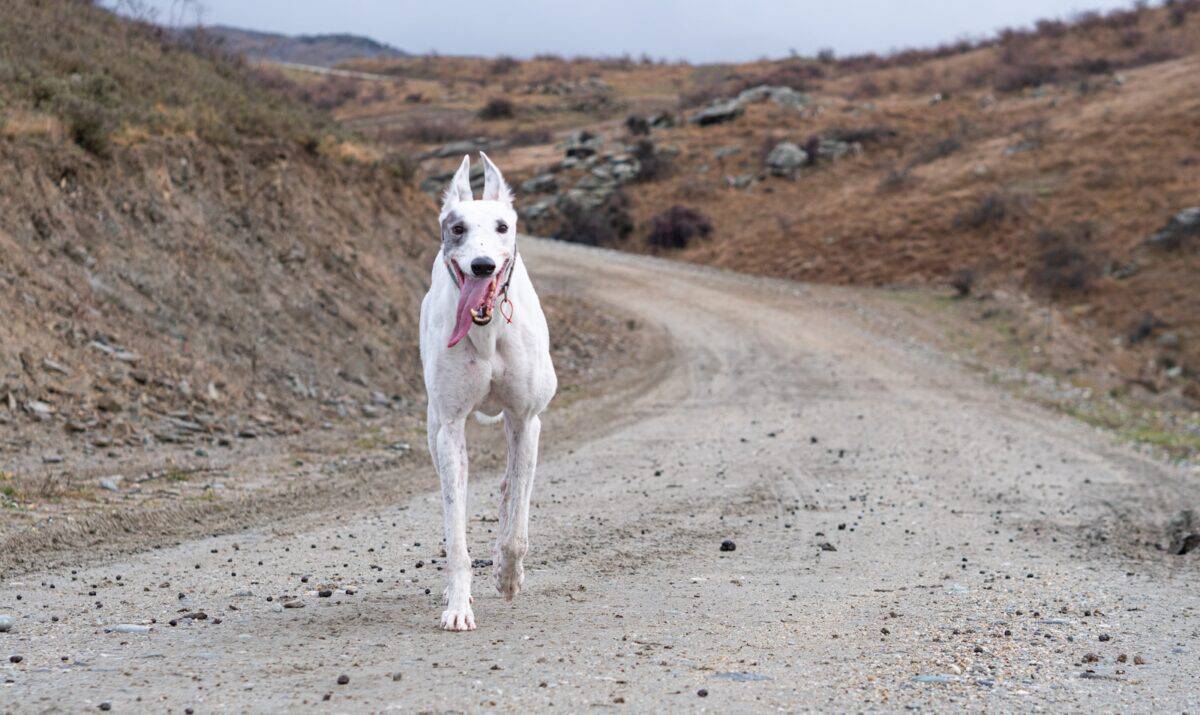
Greyhounds are built for speed from the inside out. Their muscles predominantly consist of fast-twitch fibers, which contract quickly and powerfully, making them ideal for short bursts of high-speed running. Unlike endurance breeds that rely more on slow-twitch muscle fibers for prolonged activity, Greyhounds capitalize on explosive speed.
The Role of Cardiorespiratory Efficiency

The Greyhound’s heart and lungs are finely tuned for speed. They have an exceptionally large heart relative to their body size, which pumps oxygen-rich blood rapidly and efficiently during sprints. Their high lung capacity also ensures ample oxygen intake, maximizing energy production in their muscles. This cardiorespiratory efficiency is crucial for supporting their high-speed pursuits.
Understanding the Double-Suspension Gallop
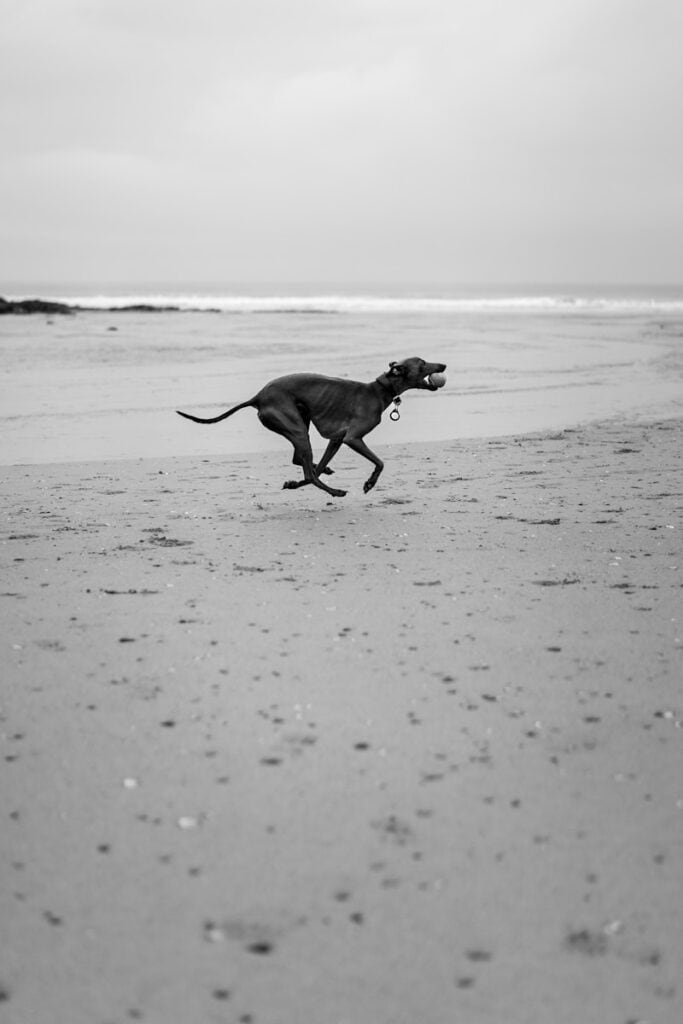
The Greyhound’s running style, known as the double-suspension gallop, is a marvel of biomechanics. During this gait, all four of the dog’s feet leave the ground in two phases: once when fully stretched out and again when fully tucked under the body. This movement extends the stride length and minimizes energy wastage, contributing significantly to their rapid acceleration.
Modern Racing and the Greyhound

Today, Greyhound racing continues to showcase the breed’s speed. While it’s a source of fascination for many, it has also sparked debates about animal welfare. Regardless of the controversy, racing has further underscored the Greyhound’s status as the preeminent speedster of the canine world.
The Impact of Diet on Speed
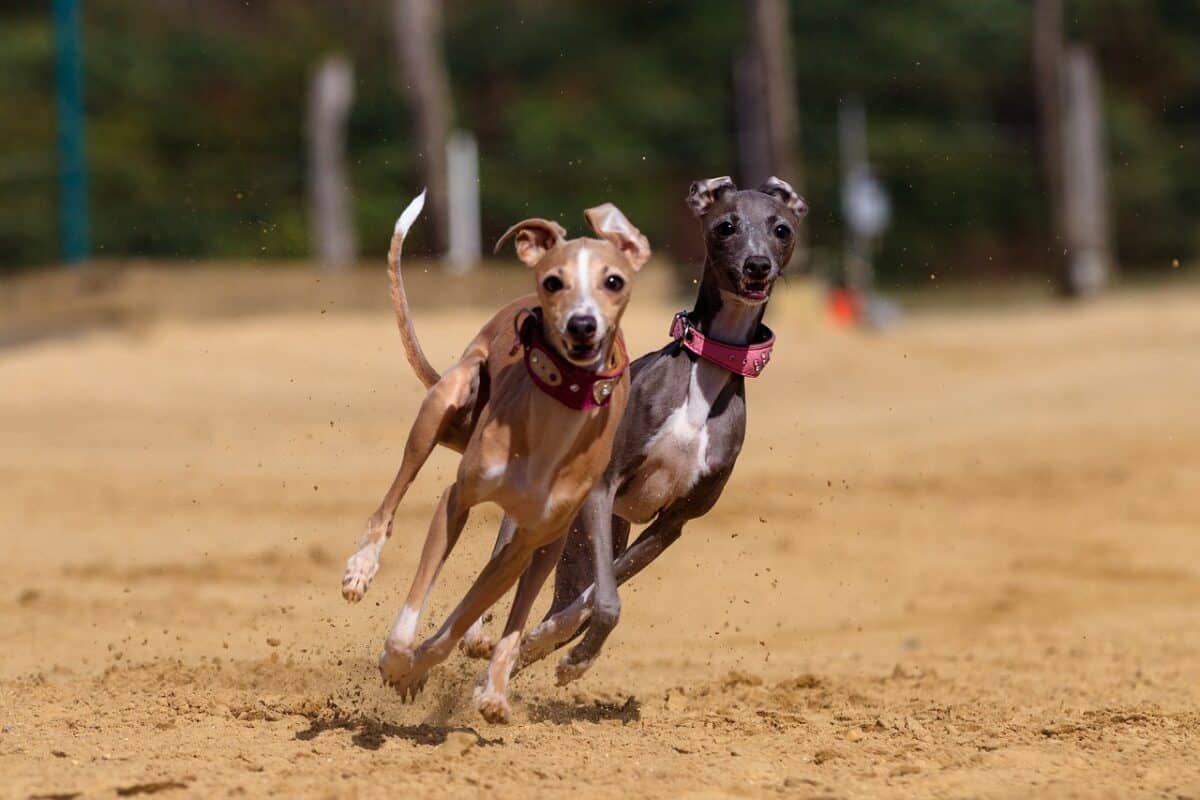
The nutritional needs of a Greyhound are unique, given their high metabolic rate and energy expenditure. A diet rich in proteins, fats, and complex carbohydrates fuels their explosive speed and aids in muscle recovery. Proper nutrition is fundamental to maintaining their athletic capabilities.
Health Considerations for Speedy Dogs

While Greyhounds are renowned for their speed, they are also prone to specific health issues, including orthopedic problems due to their fast-paced lifestyles. Ensuring regular veterinary check-ups and a balanced diet helps mitigate these risks and supports their overall health and well-being.
A Companion Beyond the Racetrack
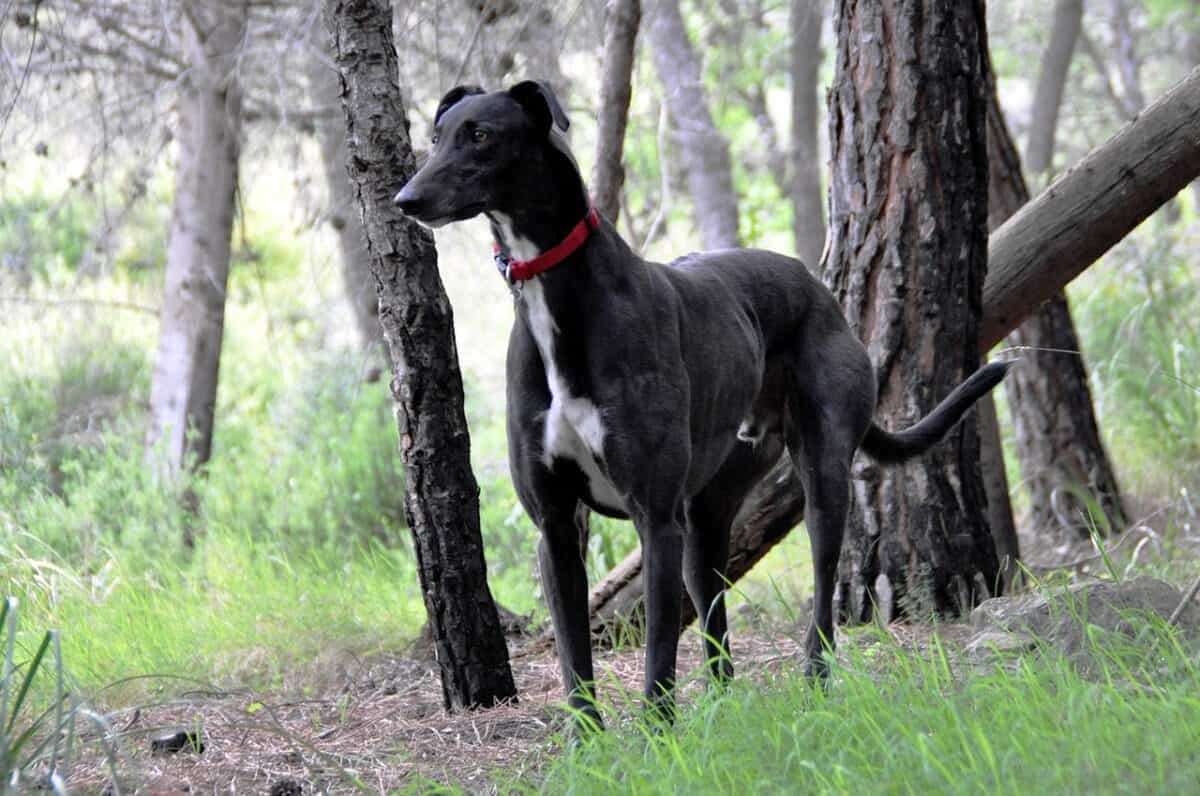
Beyond their racing prowess, Greyhounds make relaxed and affectionate companions. Their gentle nature and intermittent bursts of activity suit them well to the role of a family pet, where they enjoy comfort and companionship over competition.
Adoption and Life After Racing

A significant number of retired racing Greyhounds are available for adoption, offering loyal companionship beyond their racing years. Many organizations are devoted to finding suitable homes for these elegant athletes, ensuring they transition from life on the track to life in a loving household seamlessly.
The Legacy of the Greyhound

The legacy of the Greyhound is firmly rooted in its unique speed and grace. A product of nature and nurture, these dogs continue to captivate with their blend of athleticism and charm. As both a celebrated competitor and cherished pet, the Greyhound exemplifies the timeless allure of speed.
In conclusion, the Greyhound’s status as the fastest dog breed is a testament to evolutionary refinement and human influence over millennia. Their anatomical adaptations, coupled with selective breeding, have created a canine athlete like no other—a true marvel both on and off the racetrack. Whether sprinting across fields or lounging in the sun, Greyhounds remain an enduring symbol of speed and elegance.
- The Largest Bald Eagle Nest Ever Found in Washington State - August 24, 2025
- How Big Can Alabama’s Giant Water SnakesReally Get? - August 24, 2025
- Why Tennessee’s Copperheads Are So Hard to Spot - August 24, 2025

